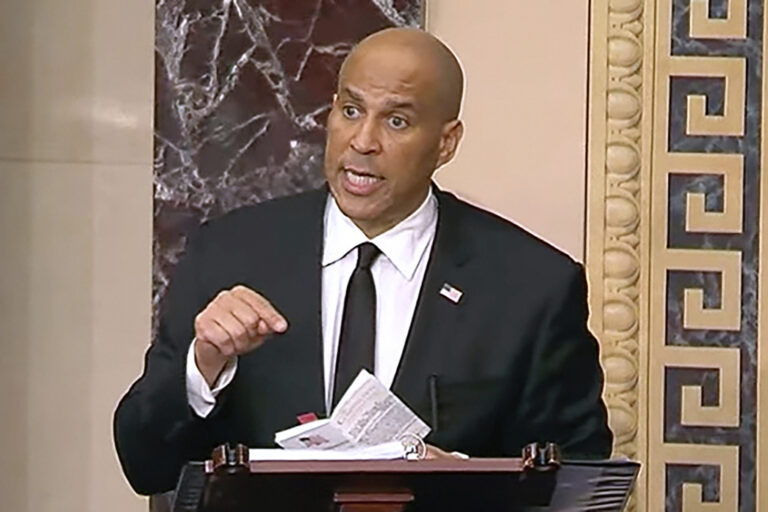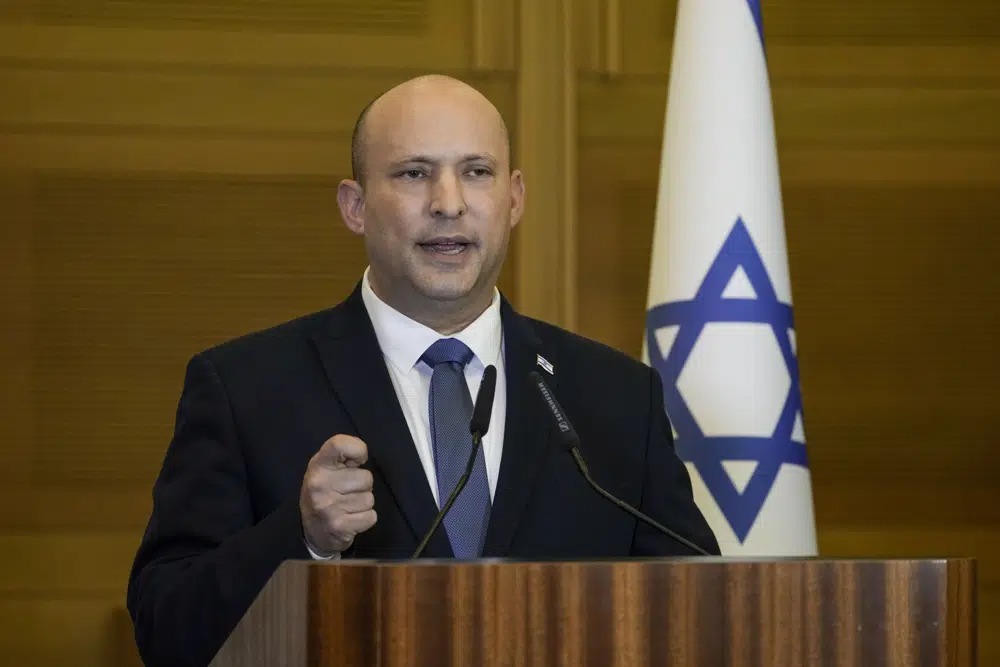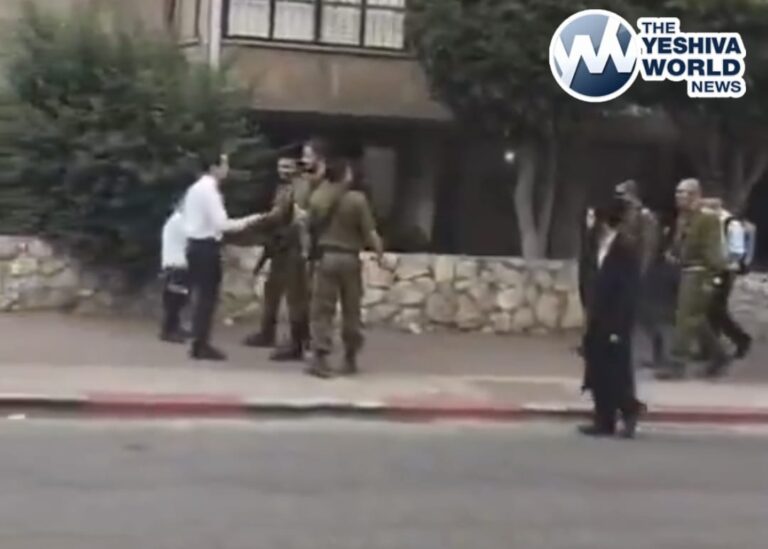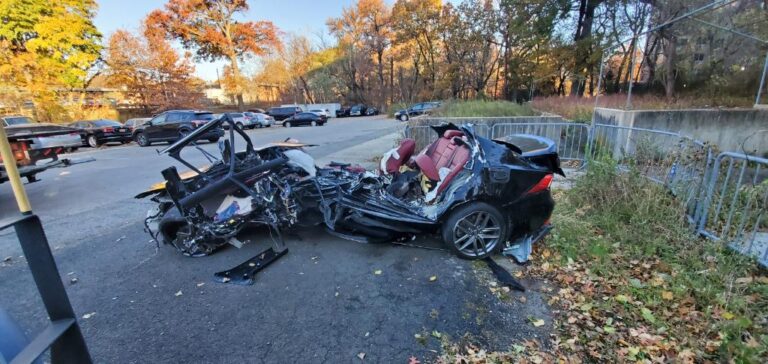 The number of street stops under the police department’s heavily criticized stop-and-frisk tactic has plummeted 80 percent in recent months compared with the same time last year, and officers are recovering fewer weapons, according to police department data obtained Monday.
The number of street stops under the police department’s heavily criticized stop-and-frisk tactic has plummeted 80 percent in recent months compared with the same time last year, and officers are recovering fewer weapons, according to police department data obtained Monday.
There were slightly more than 21,000 stops for July, August and September, after police changed training methods. There were 106,000 stops during the same months last year.
Officers recovered 99 firearms, down from 198 last year, and 463 knives, down from 1,016, according to the quarterly data provided to the City Council.
Police chief spokesman John McCarthy said there’s no “predetermined or correct number of stops,” just as there isn’t with arrests.
“Ultimately, police officers make their decisions based on real-time observations from the field — and those stops are based on reasonable suspicion,” he said.
The decline comes around a federal judge’s August ruling that the police department’s policy of stopping and questioning people based on reasonable suspicions a crime is about to occur or has occurred unfairly targeted minorities.
The judge ordered major reforms to the stop-and-frisk program after four men who argued they were unfairly targeted sued the city. Her ruling is on hold pending a city appeal.
The head of the New York Civil Liberties Union, Donna Lieberman, said the precipitous drop in stops is good news and proves the city, which is on track to have a record low number of murders this year, can stay safe without excessively stopping and frisking people.
“Even as (Mayor Michael Bloomberg’s) administration doggedly defends its stop-and-frisk program in court and in the public, these numbers are tacit recognition that it’s misguided and not necessary for the public safety,” she said.
The numbers had risen since Bloomberg took office in January 2002, hitting a peak of more than 685,000 in 2011. Mostly black and Hispanic men are stopped, even though they don’t make up most of the city’s population, and about 10 percent of them are arrested.
But the number of stops had been declining since May 2012, before the trial this year, when police Commissioner Raymond Kelly revised training on the policy. Kelly sent a letter to City Council Speaker Christine Quinn detailing the changes, which included increased supervision.
The police department established an early warning system to identify officers who have received public complaints on the policy, and precinct commanders will be held accountable at weekly meetings.
Kelly also created a new training course detailing how to conduct a lawful stop, following a review of the stop, question and frisk encounters. Officers who work in the highest-crime areas are receiving the training.
(AP)











One Response
and chrime will go up and up and up . a reincarnation of dinkins